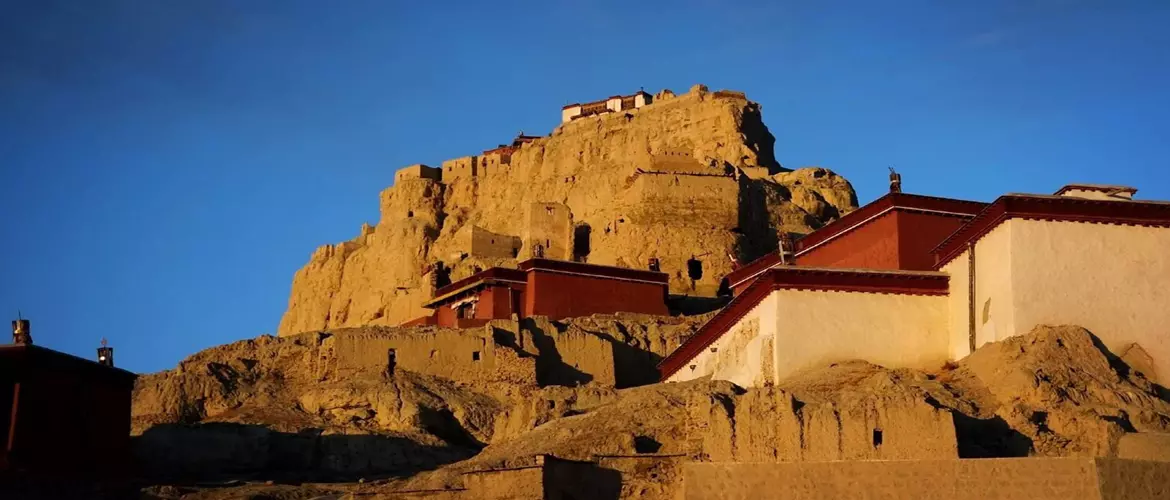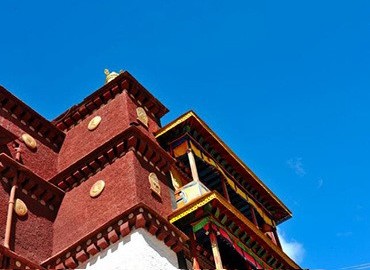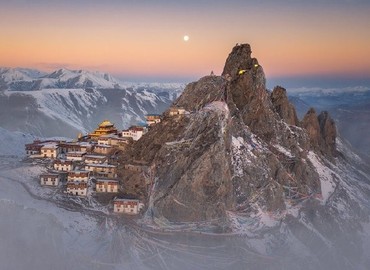Karub Ruins is a Neolithic site in the upper reaches of the Lancang River in China, located in Karuo Village, Qamdo, Tibet Autonomous Region. Karub Ruins is 12 kilometers southeast of Qamdo city, with an altitude of 3,100 meters. It was a primitive village inhabited by people in the Neolithic Age about 5,000 years ago, and the layout of the village was on a certain scale.
In Tibetan, Karub means castle. According to legend, in the Yuan Dynasty, a general named Duoda wanted to conquer the area. Local people built a castle and tried to resist. Afterward, the castle was captured and destroyed finally. However, Karub, as as a village's name, had been retained ever since. Karub ruins are regarded as one of the three major primitive cultural sites in Tibet (Another two are Qugong culture and Microliths culture in northern Tibet). Therefore, the Karub culture was named after it. It had been excavated in 1978~1979. This was the first excavation of the Neolithic settlement site on the Qinghai-Tibet Plateau.
Things to Do at Karub Ruins
The site is extremely large, well-preserved, and rich in remains. House site, road, stone wall, stone platform, stone ring, ash pit, and etc were found. The excavations include stone tools, pottery, bone utensils, decorations, as well as carbonized corn and animal bones. It is of great value to study the early history of Tibet and is worth visiting by tourists, but transportation is not convenient.
Entrance fee: 100 yuan
Opening hours: 8:00 -- 19:00
Address: Karub Village, Karub District, Qamdo City, Tibet Autonomous Region
Transportation: Public transportation is not available. You can take a taxi in Qamdo city, for about 100 yuan.
Email response within 0.5~24 hours.






